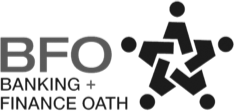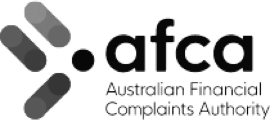In recent times, many businesses have told us a similar story. Having adjusted and refined their business’ operating model based on their experiences and insights, they were seeing their best sales and profit margins in years. Then came March 2020, and the impacts of COVID-19 swept away a quarter of business momentum.
Those businesses, while still viable, are now struggling to break through a plateau. The year on year sales are consistently the same; the business owner feels wealthy on paper, yet with little in the bank account. A typical quote would be “I’m selling $500,000 per month, but I can’t afford to hire people or expand, because all of my profits are tied up in inventory. I am not even paying myself”.
The goal of any business owner is to reinvest profits into as many multipliers as possible – those business products, initiatives, or growth paths that have a high probability of growing the business with preferably low initial capital outlay.
Multipliers may include: advertising, building a customer database; research and development for new products; hiring more staff; software tools; testing new strategies, and new channels. All have a higher potential gross margin return on investment (GMROI), hence their suitability for profit reinvestment.
The predictable yet non-multiplier elements of your business like inventory can be funded using externally sourced capital. This will enable a business owner to manage delivery when required instead of paying warehouse storage costs in Customs.
All money has an interest rate and cost. Using money now to immediately reap revenue benefits is the clear opportunity benefit versus missing definite growth opportunities. Everything the business owner does is an allocation of available capital for a return.
In the below example, a loan of $100,000 allows the freed up capital of $85,000 to be directed multiplier projects such as hiring a new staff member, developing a new product, or exploiting a new advertising channel or funnel. Of course, the profit generated needs to exceed the $15,000 additional finance cost. If the owner achieves a higher profit, this is the classic GMROI arbitrage.
Use own profits After finance
Inventory order cost $100,000 $15, 000
Freed Up Capital – $85,000
Customs warehouse $7,000 –
Sales Potential $400,000 $400,000
Assumed Gross Profit $200,000 $200,000
Gross Margin ROI 186% 1333%
A recent live example we successfully worked with is a NSW based workwear, industrial sales, and PPE supplier with turnover of $8m. They borrowed $500,000 of funding for inventory to avoid customs warehouse storage costs of $700 per week, and to invest directly in multiplier initiatives.
By financing inventory using external capital, available profits were freed up to be reinvested in hiring a key National Sales Manager. The Sales Manager, with 15 years of experience in national sales distribution roles, was able to fulfil a pipeline of future customers in other states that the existing personnel did not have the capacity to crystallise. A new website, supported by radio advertising, was also launched in early July.
The business is on track to break through the $8m per annum sales plateau by expanding product penetration and reach into quality blue chip clients on a national basis.
By freeing profits from being tied up in inventory, and outsourcing the funding of stock, many other businesses could put themselves on a similar trajectory.


